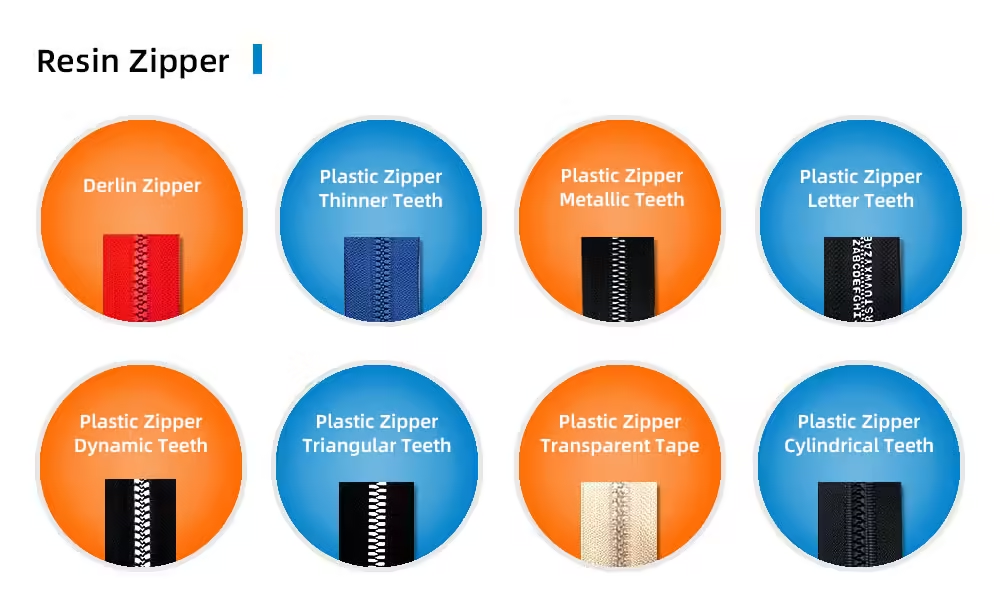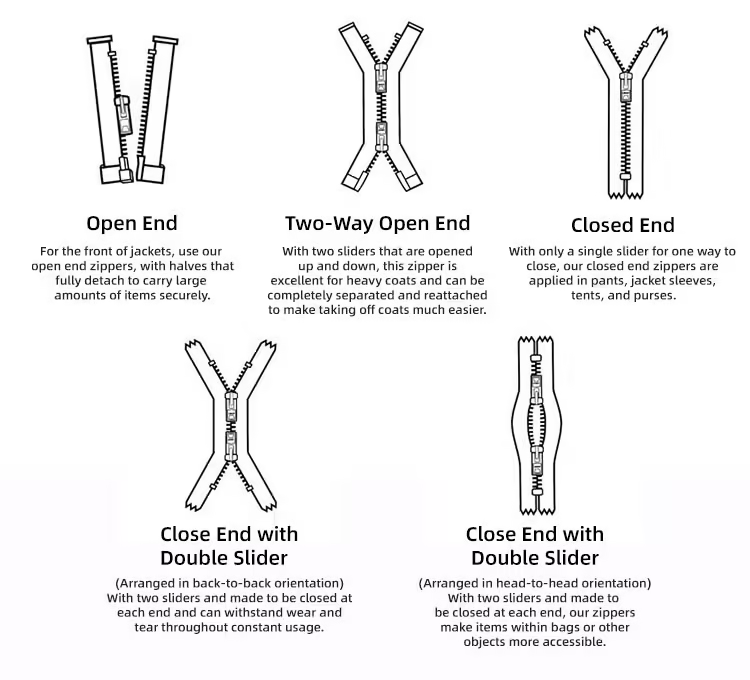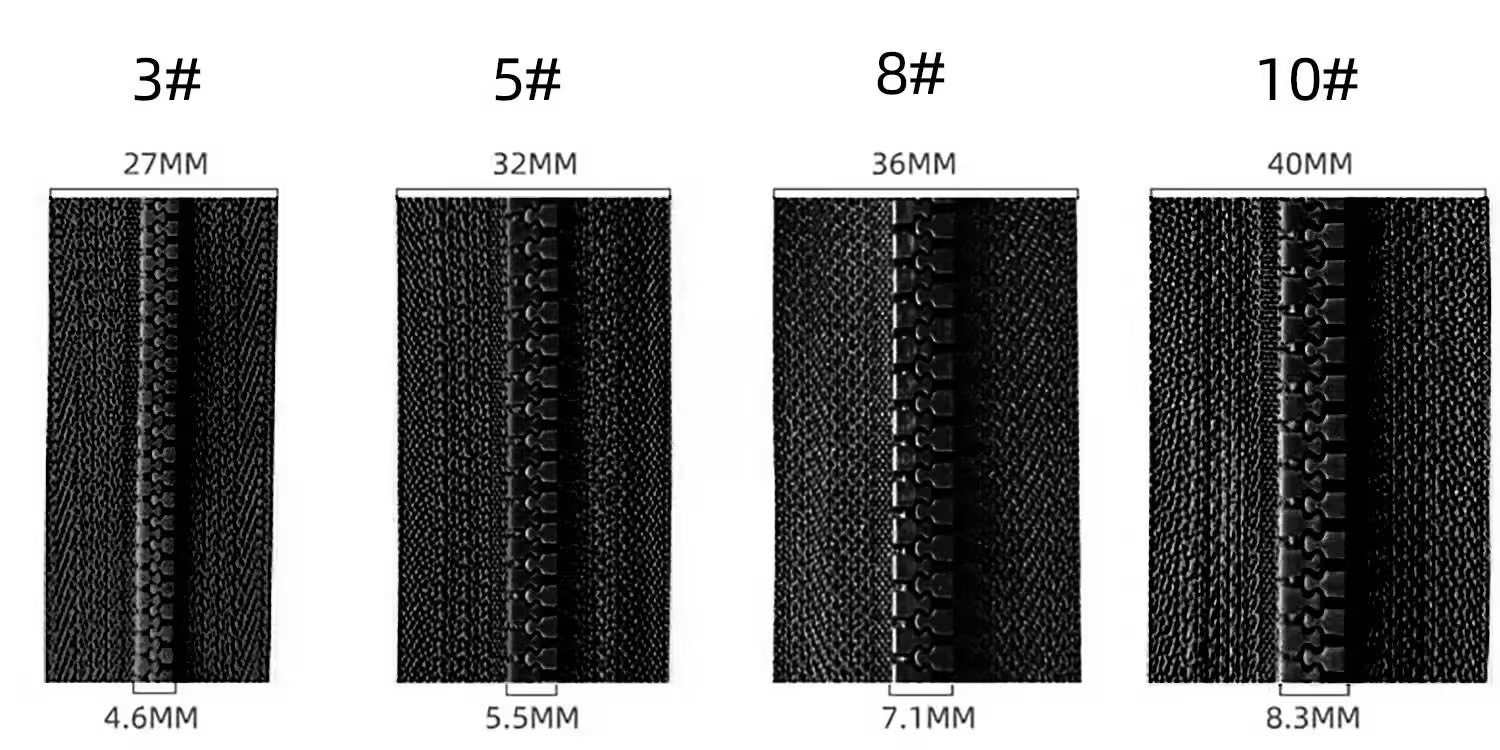Pouch Resin Zipper
Pouch Resin Zipper
Wholesale 5# Pouch Resin Zipper Custom Length 13cm 15cm 18cm Closed End Resin Zipper For Clothing
معلومات إضافية
| منتج | سحاب بلاستيكي |
|---|---|
| لون | مخصص |
| مقاس | 10#, 20#, 3#, 30#, 5#, 8# |
| طول | مخصص |
| طلب | الملابس والمنسوجات |
هذا المنتج مُصمم خصيصًا لتلبية احتياجات كل عميل، لذا لا يوجد سعر ثابت. يعتمد السعر على الخامة والحجم والألوان والكمية. اقرأ المزيد في قسم الأسئلة الشائعة.
The Cultural and Historical Significance of the Number 5
The number 5 has held a remarkable place in various cultures and historical contexts, often symbolizing balance, harmony, and humanity. In many religious traditions, the number 5 is imbued with profound meaning. For instance, in Islam, the Five Pillars represent the core principles that every Muslim is expected to follow, encompassing faith, prayer, almsgiving, fasting, and pilgrimage. Similarly, in Chinese philosophy, the concept of Wu Xing, or the Five Elements (wood, fire, earth, metal, and water), plays a pivotal role in understanding the natural world and its intrinsic balance.
In ancient civilizations such as those of the Greeks and Romans, the number 5 was also significant. The Greeks associated the number with the pentagon and the pentagram, both of which were symbols of health and protection. Moreover, Pythagoras, a prominent Greek mathematician and philosopher, regarded the number 5 as the marriage of the feminine number 2 and the masculine number 3, embodying the essence of human life. The Romans, on the other hand, often used the number 5 in their military organization, with the quintet forming a basic unit of their legions.
Throughout history, the number 5 has found its way into art, literature, and mythology. In the realm of art, the human body is frequently depicted with five appendages: two arms, two legs, and the head, a concept that has influenced countless representations in sculpture and painting. Literature, too, has embraced the number 5, with numerous works featuring quintets of characters or elements that contribute to the narrative’s structure and depth. Mythology abounds with references to the number 5, such as the five rivers of the Greek underworld or the five Pandava brothers in the Indian epic, Mahabharata.
Interesting anecdotes about the number 5 further underline its influence on human thinking and practices. For example, the number is often associated with the human senses—sight, hearing, taste, touch, and smell—underscoring its integral role in our perception of the world. Additionally, the pentagon shape is a recurring motif in various cultures, symbolizing protection and completeness.
Practical Applications of the Number 5 in Modern Times
The number 5 holds a prominent place across various domains, serving as a cornerstone in both theoretical and practical applications. In mathematics, the number 5 is a prime number, playing a crucial role in number theory. It is part of the Fibonacci sequence, appearing after 3 and before 8, thereby contributing to patterns observed in nature and art. Its significance extends to the concept of the pentagon, a five-sided polygon, which is foundational in geometry and architectural design.
In the realm of science, the number 5 manifests in diverse fields. Biology, for instance, exemplifies this through the five senses: sight, hearing, taste, touch, and smell. These senses are critical for survival and interaction with the environment. Additionally, human extremities include five fingers and five toes on each limb, emphasizing the number’s biological importance. In astronomy, five planets—Mercury, Venus, Mars, Jupiter, and Saturn—are visible to the naked eye, guiding early celestial navigation and modern astronomical studies.
Technology and design also leverage the number 5 for its practical utility. User interface (UI) design often employs the “rule of five,” suggesting that information is easier to process when grouped in sets of five. This principle is frequently applied in web design, enhancing user experience by improving readability and navigation. In the organizational sphere, “top five” lists are a common method for presenting information succinctly, aiding comprehension and decision-making processes.
Education further exemplifies the practical application of the number 5. In pedagogical strategies, grouping information into five key points or steps can enhance learning efficiency and retention. This methodology is prevalent in various educational materials, including textbooks and instructional guides.
Real-world examples underscore the number 5’s significance in modern-day scenarios. For instance, in business, the concept of the “Five Forces Analysis” by Michael Porter is a strategic tool for assessing industry competitiveness. In sports, the pentathlon comprises five events, highlighting the number’s versatility and enduring relevance.
تفاصيل المنتج:


حجم السحاب البلاستيكي

لون مخصص




نوع مخصص

معيار سحاب مفتوح النهاية
يمكن استخدامه في مقدمة السترات والمعاطف والتنانير.
سحاب مفتوح من الطرفين
سحاب مفتوح ثنائي الاتجاه يمكن فتحه للأسفل، هذا السحاب ممتاز للمعاطف الطويلة ويمكنه خلع المعاطف بسهولة أكبر.
معيار سحاب مغلق النهاية
يتم استخدام السحابات المغلقة أحادية الاتجاه في السراويل وأكمام الجيب والوسائد والحقائب.
سحاب مغلق على شكل X
(الاتجاه من الخلف إلى الخلف)يستخدم بشكل أساسي في الخيام والناموسيات.
سحاب مغلق على شكل حرف O
(الاتجاه من الرأس إلى الرأس) سحابات ذات شكل O ذات نهاية مغلقة تجعل العناصر داخل الحقائب أو المراتب.
هل لديك أسئلة؟ نحن مستعدون للإجابة!
يمكنك إرسال الاستفسارات للحصول على عروض أسعار مجانية وخطط وخدمات حصرية.
سنقوم بالرد عليك بجميع أسئلتك خلال 24 ساعة.





